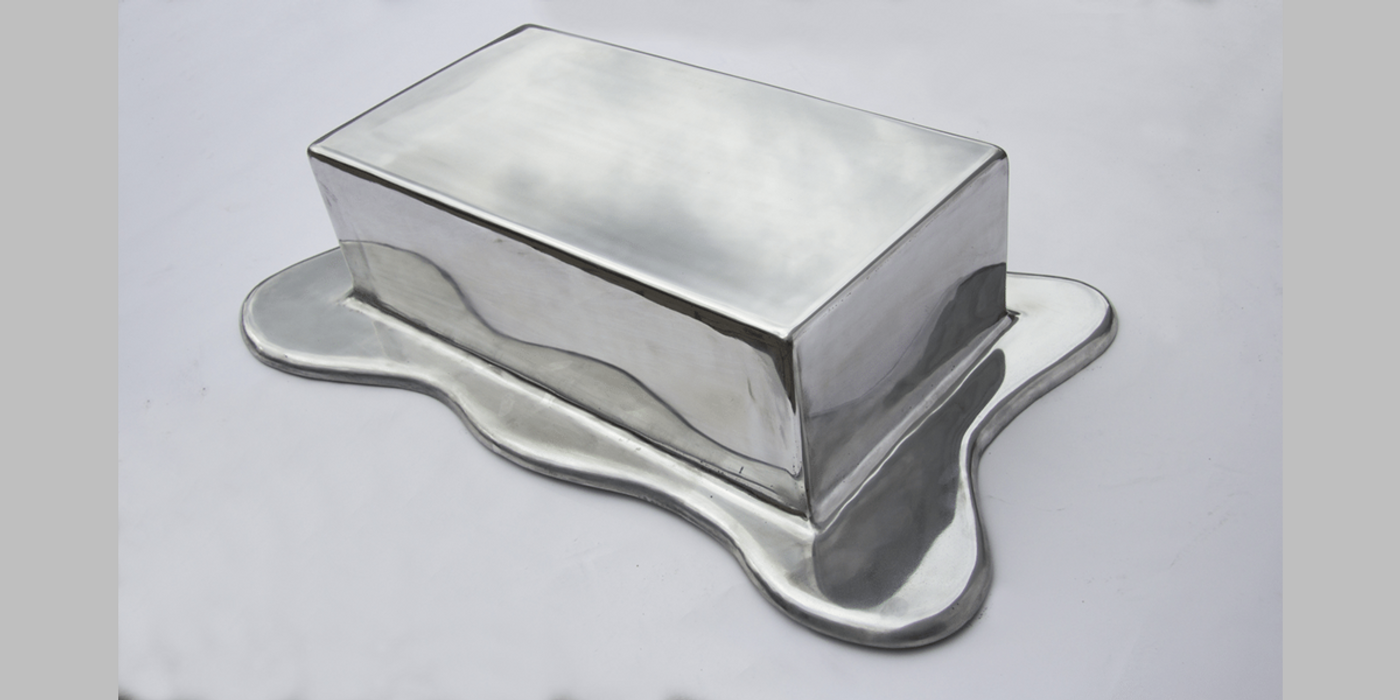New State of Matter: Liquid? Solid? Both!

A newer member can now be added to the list. Thanks to a highly advanced AI technology, scientists have discovered a brand new state of a common element--potassium, but as both a liquid and a solid at the same time.
Pure potassium is a silver-colored alkali metal. A typical high school chemistry class would likely include demos that showcase its softness (you cut up with a butter knife) and reactivity (instant combustion with purple flame in a reaction with water).
The crystalline structure of potassium, under normal pressure and room temperature, is anything but exciting--each atom lines up orderly in a homogenous lattice. However, sodium, another alkali metal that shares a lot of properties with potassium, was previously shown to shuffle its lattice and form a complex formation when being placed under twenty thousand times the normal atmospheric pressure.
Working with their Chinese collaborators from Xi’an Jiantong University, a team of physicists at the University of Edinburgh looked into how potassium atoms arrange themselves under extremely high temperature and pressure, using computer simulations.
To achieve such extreme conditions in reality, albeit possible, requires elaborate setups and a lot of resources. Therefore, scientists often utilize proven simulation technologies to emulate the behavior of materials in extreme conditions, especially for the proof-of-concept purpose.
The Edinburgh group discovered that while most of the element’s atoms form a solid lattice structure, some appear to be arranged themselves in a way that only exists in liquids. This new state of matter is known as the chain-melted state. Under the right conditions, as the researchers also predicted, many other elements such as sodium and bismuth could exist in the newly discovered state.
The ambiguous state of matter between liquid and solid excites the scientific community, but this isn't the first time such bizarre existence has been reported. Kola superdeep borehole, a cold war era project by Soviet scientists, reached as deep as 12,262 meters (7.6 mi) into the Earth's crust in the late 1980s. The declassified documents later revealed that at the bottom of the hole, where the pressure was close to 1,200 times atmospheric pressure, the texture of rocks appeared to be between liquid and solid.
Related video: Kola Superdeep Borehole--the deepest hole in the world
The Edinburg team's work, supported by the European Research Council and the Engineering and Physical Sciences Research Council, has been accepted for publication in the journal Proceedings of the National Academy of Sciences.
Potassium - The Active ALKALI METAL! (Thoisoi2-Chemical Experiments)
Source: Science Daily








